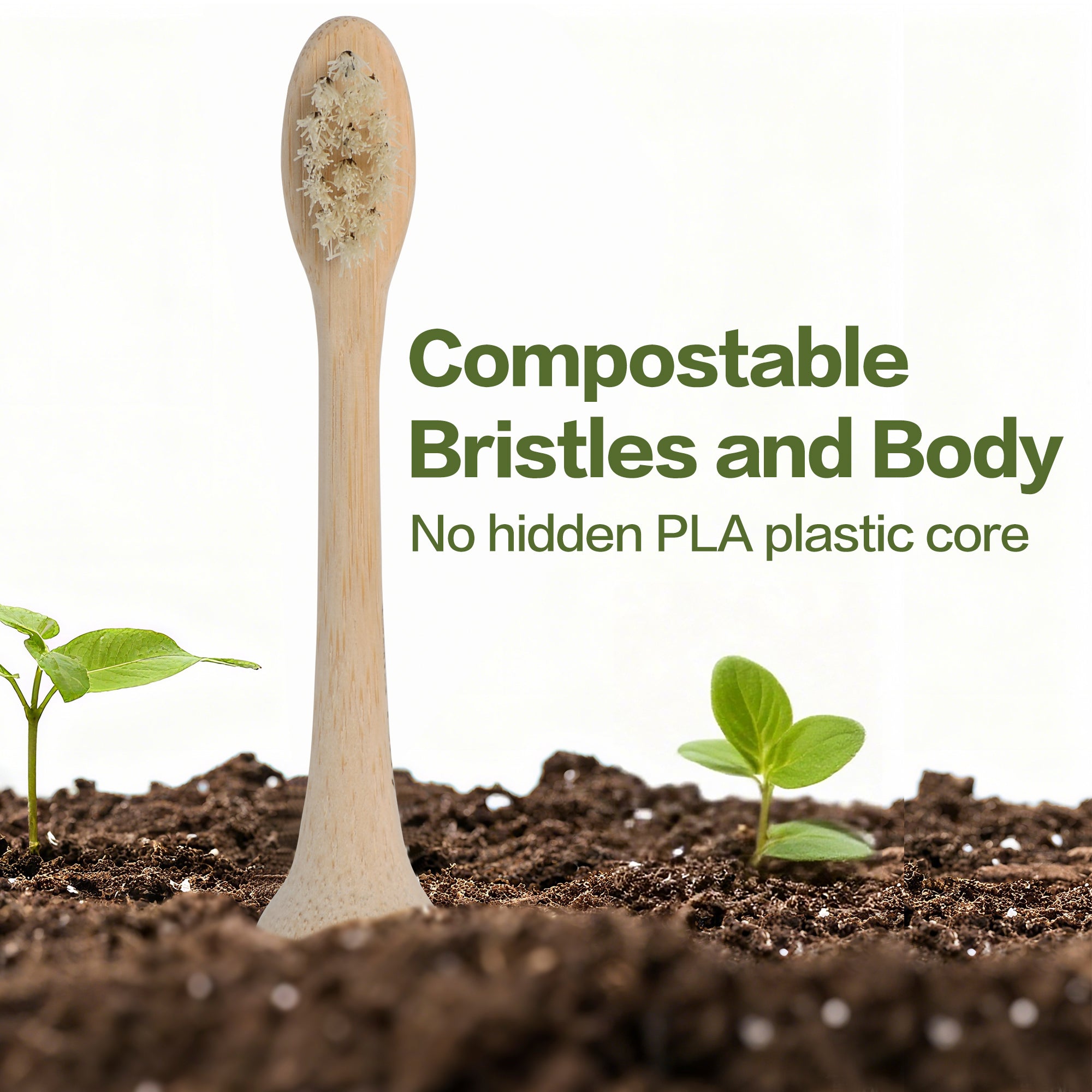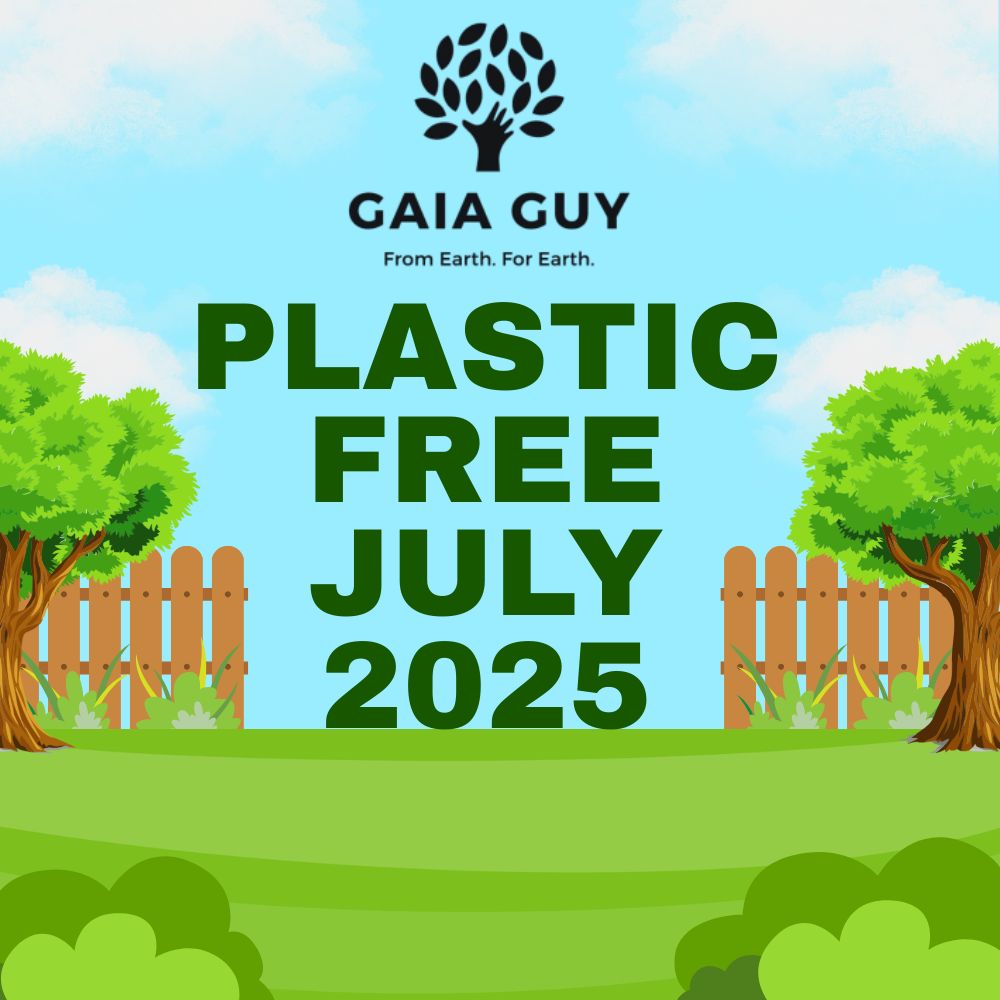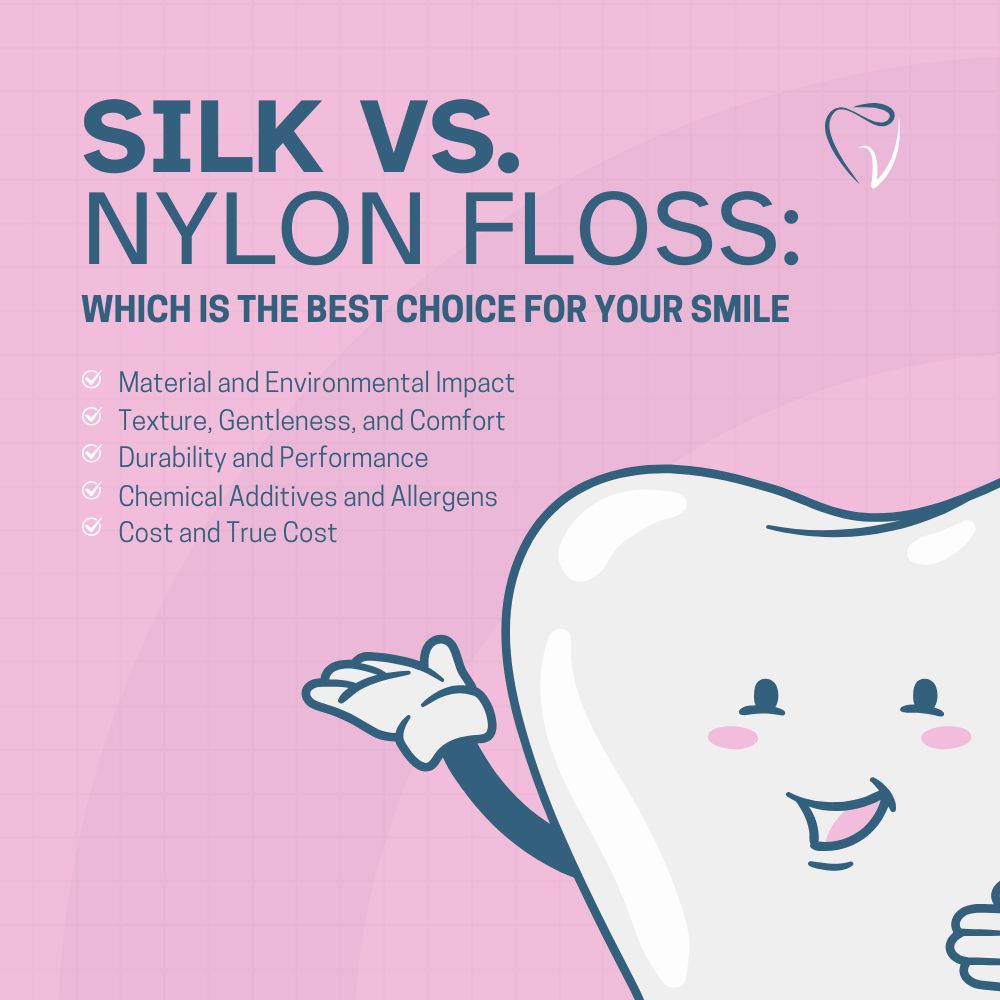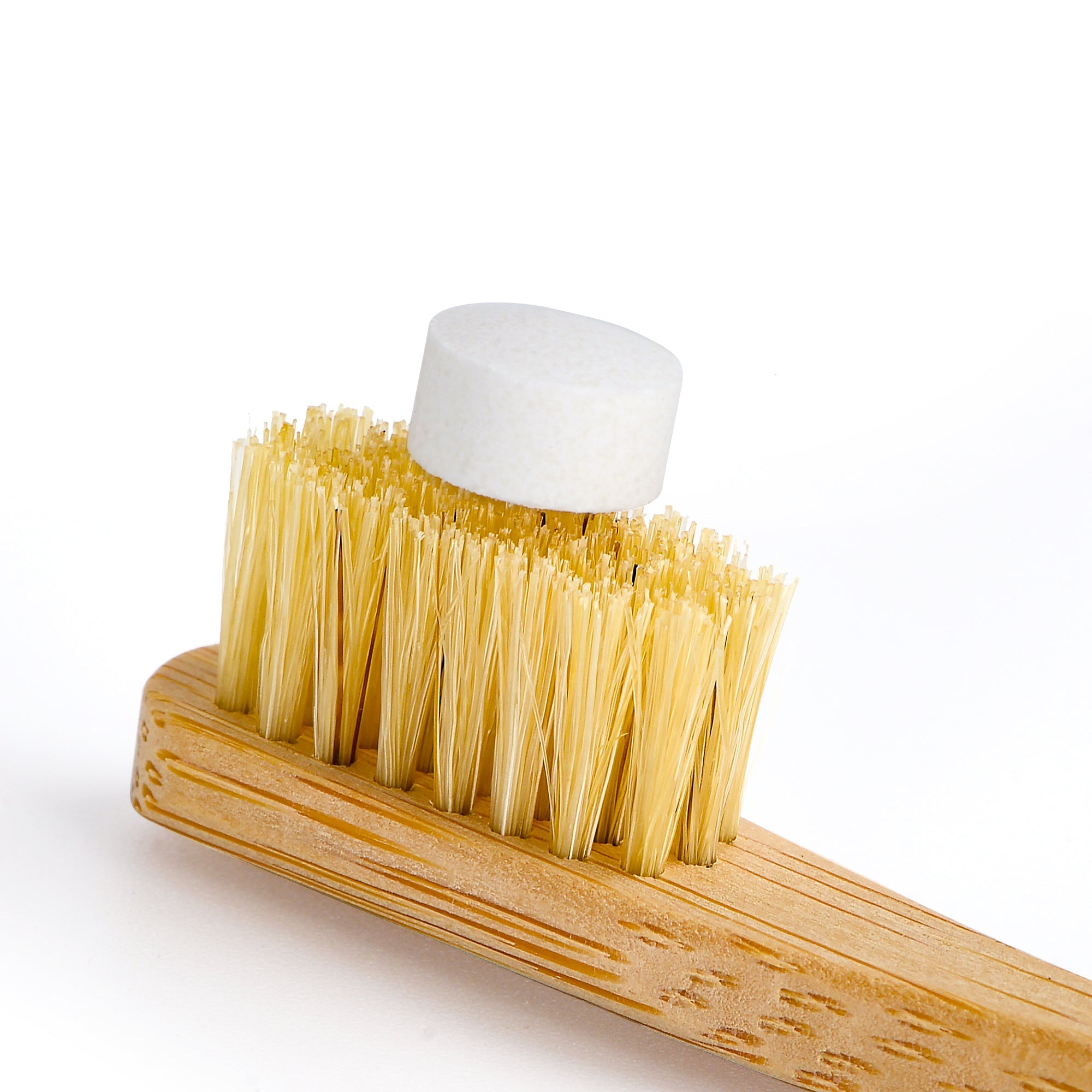In our modern lives, plastic has become an inevitable part of our daily routine, from the ubiquitous takeout containers to the seemingly innocent water bottles and even that indulgent tub of ice cream.
Recent revelations from two groundbreaking studies shed light on a disconcerting reality - we are consuming more plastic than we might have ever imagined.
Often we are to blame, but sometimes it is brands who greenwash like with laundry detergent sheets that contain plastic yet are sold as biodegradable.

Plastic Consumption Findings
-
Bottled Water Revelation
- Researchers, for the first time, measured nanoparticles of plastic in bottled water. A lot could be coming from those PLA and nylon flosses and toothbrushes that are marketed as bamboo fiber.
- Shockingly, a liter bottle averaged 240,000 tiny plastic particles, some smaller than a speck of dust.
- These particles can navigate through our intestines, lungs, directly into the bloodstream, and subsequently reach various organs.
-
Microplastics in Protein Samples
- Another study focused on our dietary habits, revealing microplastics in 88% of tested protein samples.
- Seafood, beef, pork, and even plant-based protein like tofu were not spared from this pervasive contamination.
Protein Study Co-author's Perspective
George Leonard, chief scientist at ocean conservancy and co-author of the protein study, shared insights into their motivations and surprising findings.
-
Contextualizing Plastic Distribution
- The study aimed to juxtapose plastic distribution in marine life with various proteins available in grocery stores.
- Contrary to expectations, microplastics were found in all protein choices, including ocean-grown, farm-grown, and meat substitutes.
Plastic Origins for Different Proteins
-
Oceanic Impact
- Plastics enter the ocean through water, affecting seafood as fish and shellfish ingest them through the gill systems.
- Plastics enter the ocean through water, affecting seafood as fish and shellfish ingest them through the gill systems.
-
Terrestrial Influence
- For terrestrial animals and plants, microplastics are present in the soil, taken up by plants and consumed by animals.
- Processed proteins and foods may accumulate microplastics during processing.
Health Concerns and Unknown Risks
-
Ingesting Plastic - A Health Puzzle
- The medical profession is starting to express concern about the potential health risks.
- Plastics and associated chemicals have found their way into various organ systems, including humans.
- The critical question remains unanswered: Are these contaminants in plastics delivered at a sufficient dose to pose a risk to human health? Possible link to dementia?
Minimizing Plastic Consumption
-
Individual Actions
- Use filtered water and opt for glass over plastic for storage and drinking.
- Avoid foodstuffs wrapped in plastics and shop for plastic-free kitchen and other zerowaste products.
-
Societal Imperatives
- Society must reduce plastic use and implement policies to address the issue. We know the government isn't great at stopping plastic pollution.
- Ocean conservancy emphasizes the importance of these changes in their mission.
Challenges and Solutions
-
Transitioning from Single-Use Plastics
- George Leonard acknowledges the challenge but emphasizes the need for systemic changes in how society produces, manages, and disposes of plastics.
- George Leonard acknowledges the challenge but emphasizes the need for systemic changes in how society produces, manages, and disposes of plastics.
-
Changing Individual Behaviors
- Overcoming entrenched habits is feasible, as seen with the example of reusable bags and using bamboo and boar bristle toothbrushes!
The studies underscore the pervasive presence of microplastics in our daily diet, raising significant concerns about potential health risks. While the impact remains uncertain, the call to action is clear - both individual and societal efforts are imperative to mitigate the risks associated with plastic consumption.










